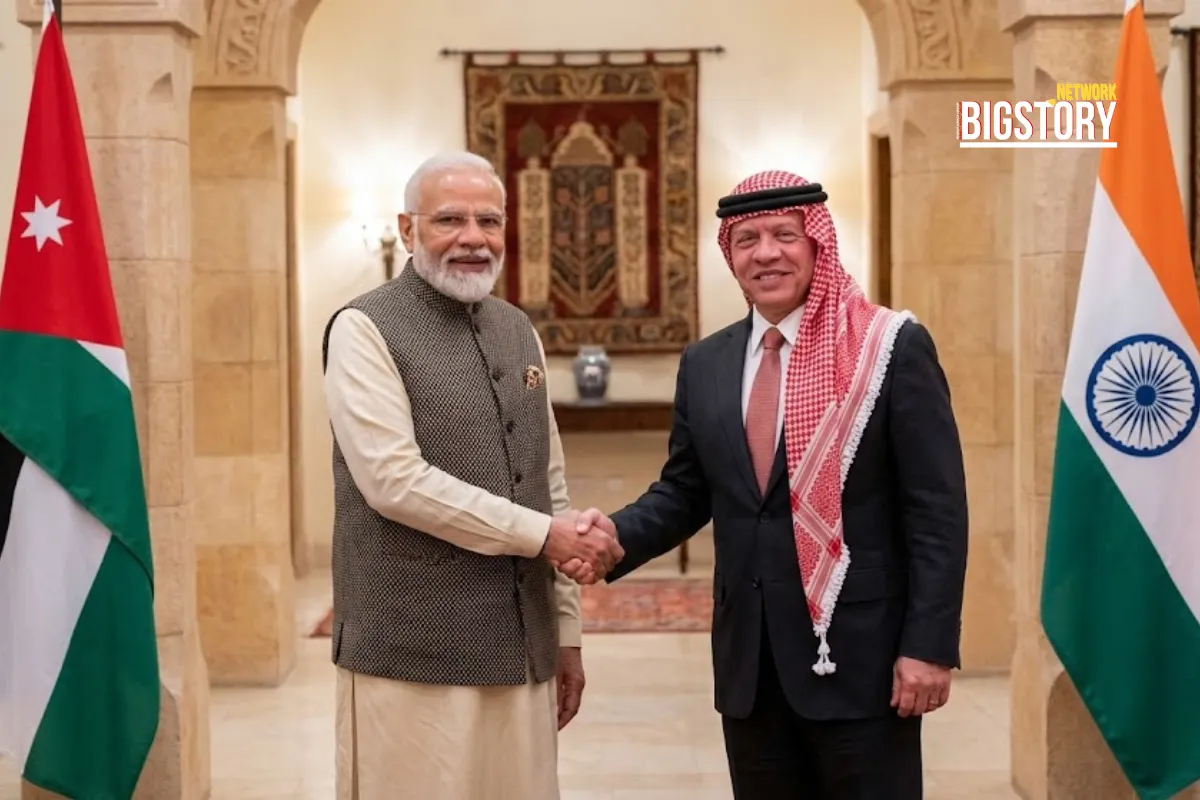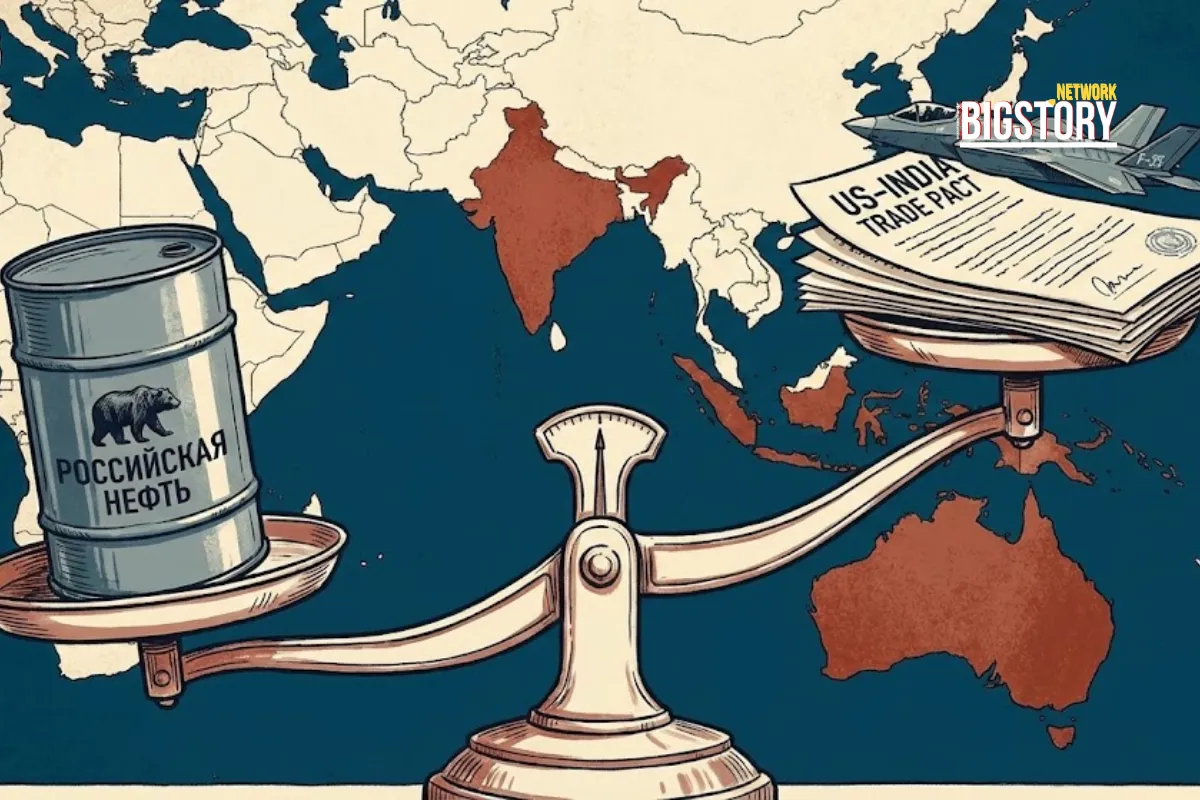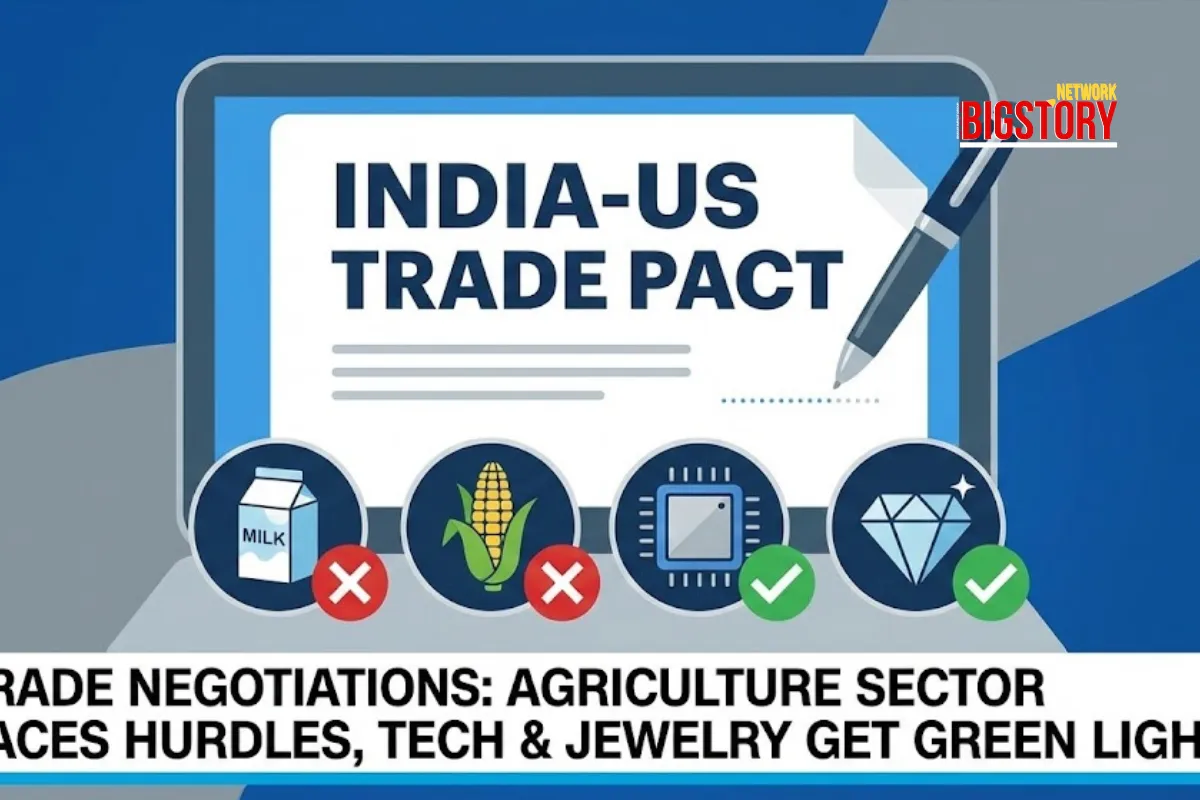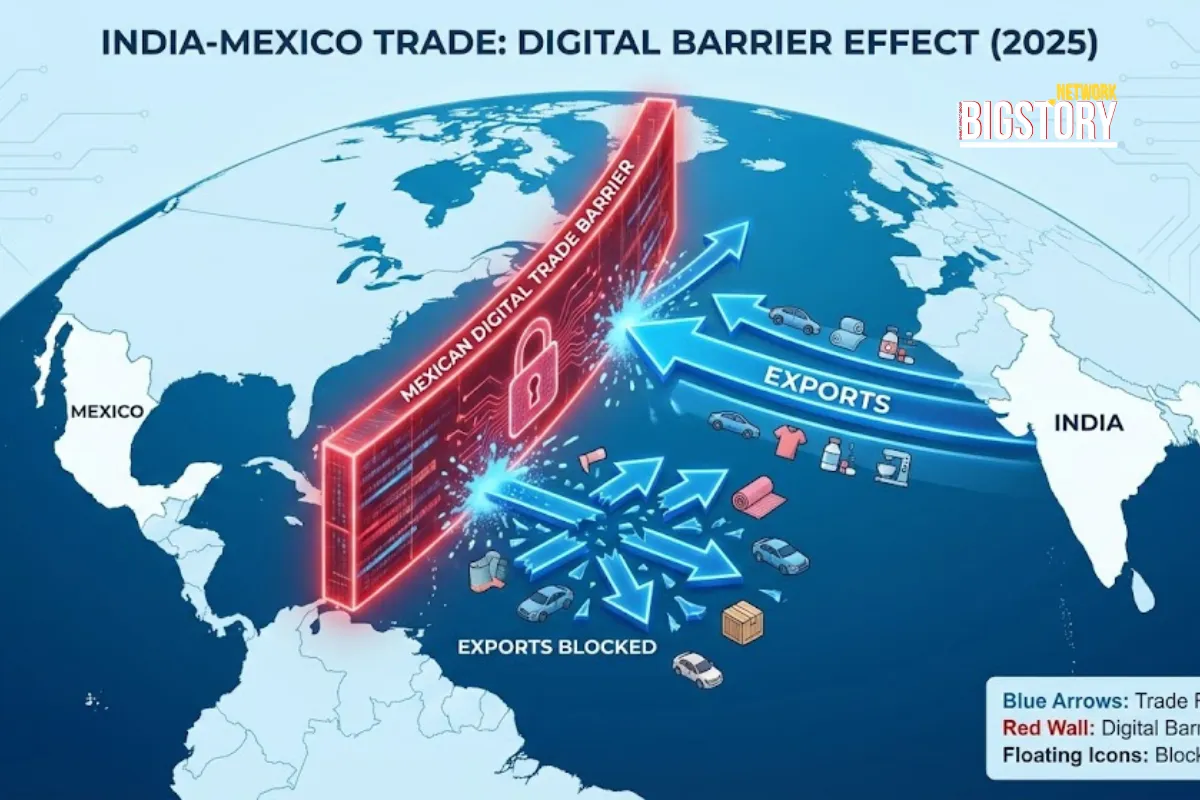Modi will attend ASEAN virtually, sidestepping a Trump photo-op as India–U.S. tariff talks hinge on energy and market access.
 Sseema Giill
Sseema Giill
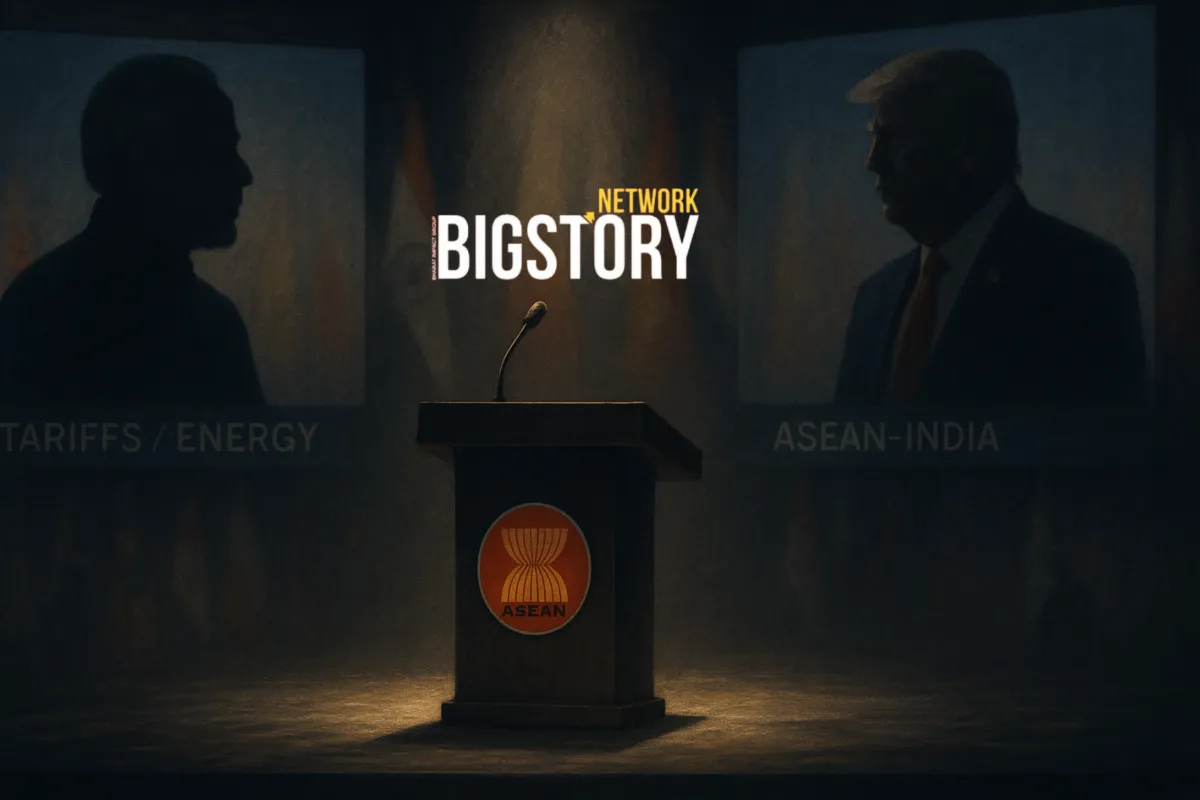
Prime Minister Narendra Modi will skip an in-person appearance at the 47th ASEAN Summit in Kuala Lumpur, opting to attend virtually as External Affairs Minister S. Jaishankar represents India on the ground. The decision dodges a likely Modi–Trump photo-op at a moment when Donald Trump is publicly claiming credit for stopping the India-Pakistan war and for extracting an “assurance” that India will halt Russian oil purchases. In an era where optics get weaponized, absence becomes strategy. Reuters+1
Modi confirmed he will not travel to Malaysia for ASEAN (Oct 26–28) and will join the ASEAN-India segment virtually. Malaysia’s PM Anwar Ibrahim publicly framed the decision around Deepavali timing and conveyed respect for the call. Practically, this rules out any hallway or bilateral with U.S. President Donald Trump on the sidelines. Reuters+2Hindustan Times+2
The timing lands amid loud U.S.–India trade noise: multiple reports say Washington and New Delhi are near a tariff-cut deal that could reduce the effective U.S. rate on Indian goods from ~50% to 15–16%, with energy (Russian crude) and agriculture as sticking points. A summit-side “announceable” had been floated, but the absence lowers odds and lowers the temperature. Reuters
Complication #2: Trump’s own narrative. In recent remarks, he again claimed he “stopped” the India-Pakistan war (Operation Sindoor), even embellishing details like “seven planes were shot down,” and said he threatened 200% tariffs to force de-escalation. India has repeatedly denied U.S. mediation, pointing instead to DGMO hotlines and direct channels; public Indian records and coverage of the May crisis reinforce that posture. The Times of India+2The Times of India+2
Bottom line: a virtual cameo avoids unpredictable optics while India keeps negotiating substance behind the scenes. Reuters
1) The Trump factor (optics risk):
A single handshake can be turned into an “assurance” headline. By removing the shared stage, New Delhi reduces the chance that a post-meeting ad-lib from Trump sets the news cycle on fire. Reuters
2) The trade-deal mirage (not quite ready):
Reports of a breakthrough tie tariff relief to verifiable moderation of Russian oil purchases and some market access steps; both sides have reasons to slow-roll a splashy reveal until the fine print is nailed down. Reuters
3) The domestic calendar (Bihar + festivals):
Deepavali/Chhath overlap with ASEAN, and Bihar’s two-phase vote (Nov 6 & 11) compresses campaign bandwidth. A virtual ASEAN presence preserves protocol without burning political capital at home. The Indian Express
Q1. Is Modi meeting Trump at ASEAN?
No. A face-to-face is effectively ruled out by Modi’s virtual participation. Reuters
Q2. Why is Modi not traveling?
Officially: Deepavali timing. Politically: minimizing optics risk and bandwidth costs during India’s electoral season. Hindustan Times+1
Q3. Are India and the U.S. actually close to a trade deal?
They’re negotiating; reports suggest a 15–16% effective tariff landing zone if energy/agriculture issues are bridged. No formal text yet. Reuters
Q4. Did the U.S. “stop” the India-Pakistan war?
India disputes that. Public records emphasize a short crisis with direct channels restoring calm; Trump continues to claim credit. The Times of India+1
Q5. Will a deal be announced during ASEAN?
Less likely now; any announcement would more plausibly come via controlled bilateral settings (Delhi/Washington) after texts are settled.
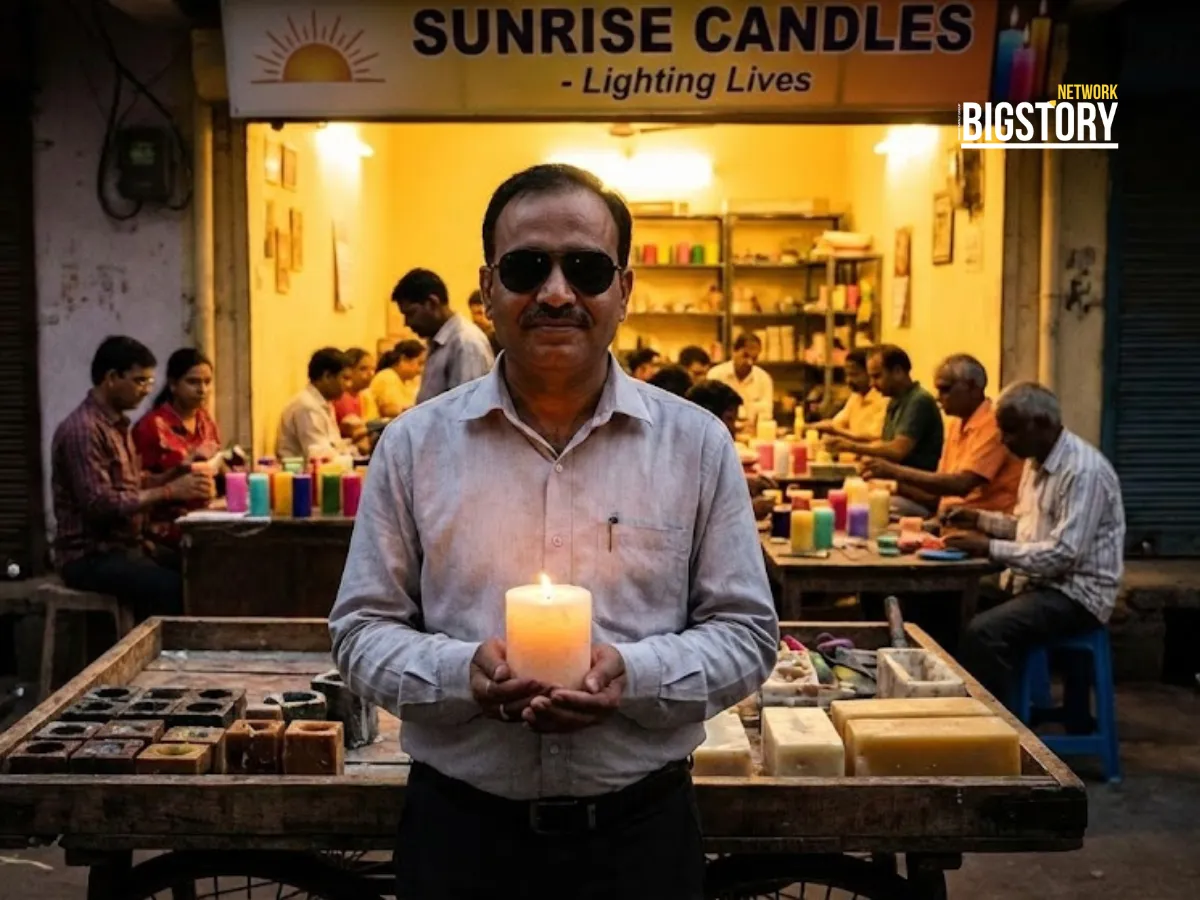
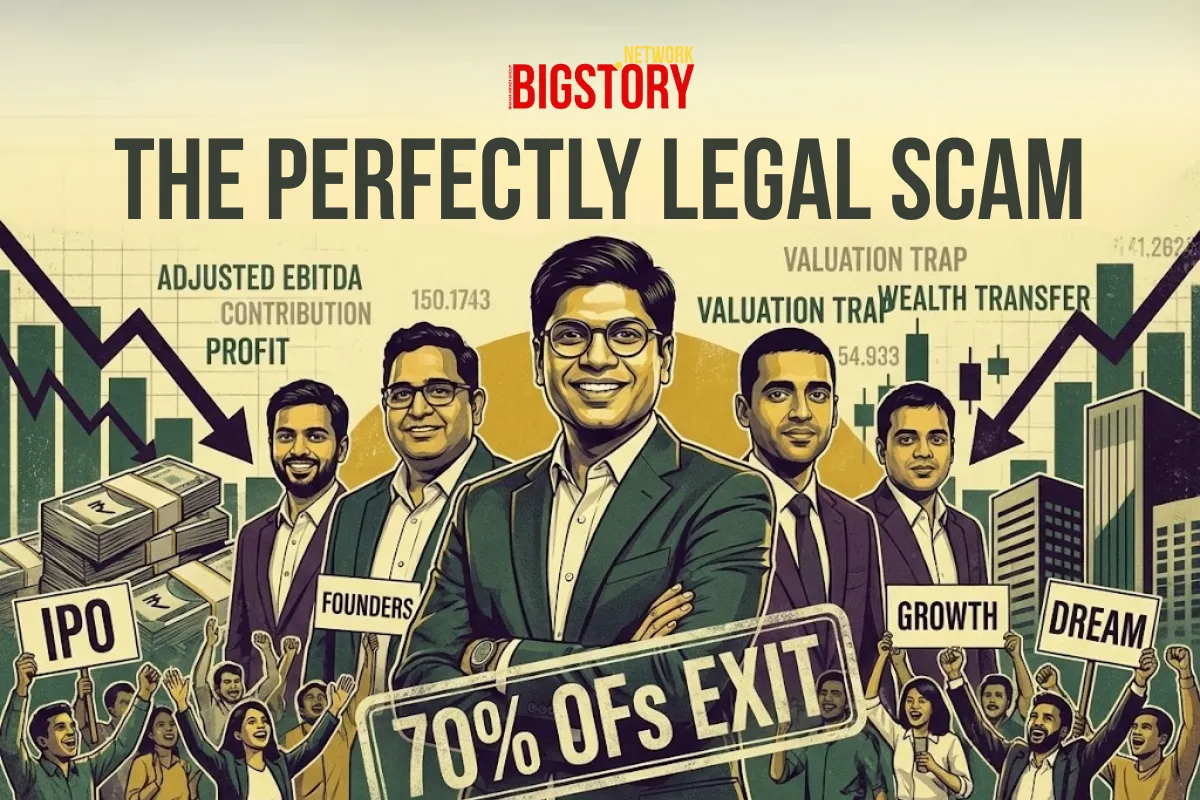

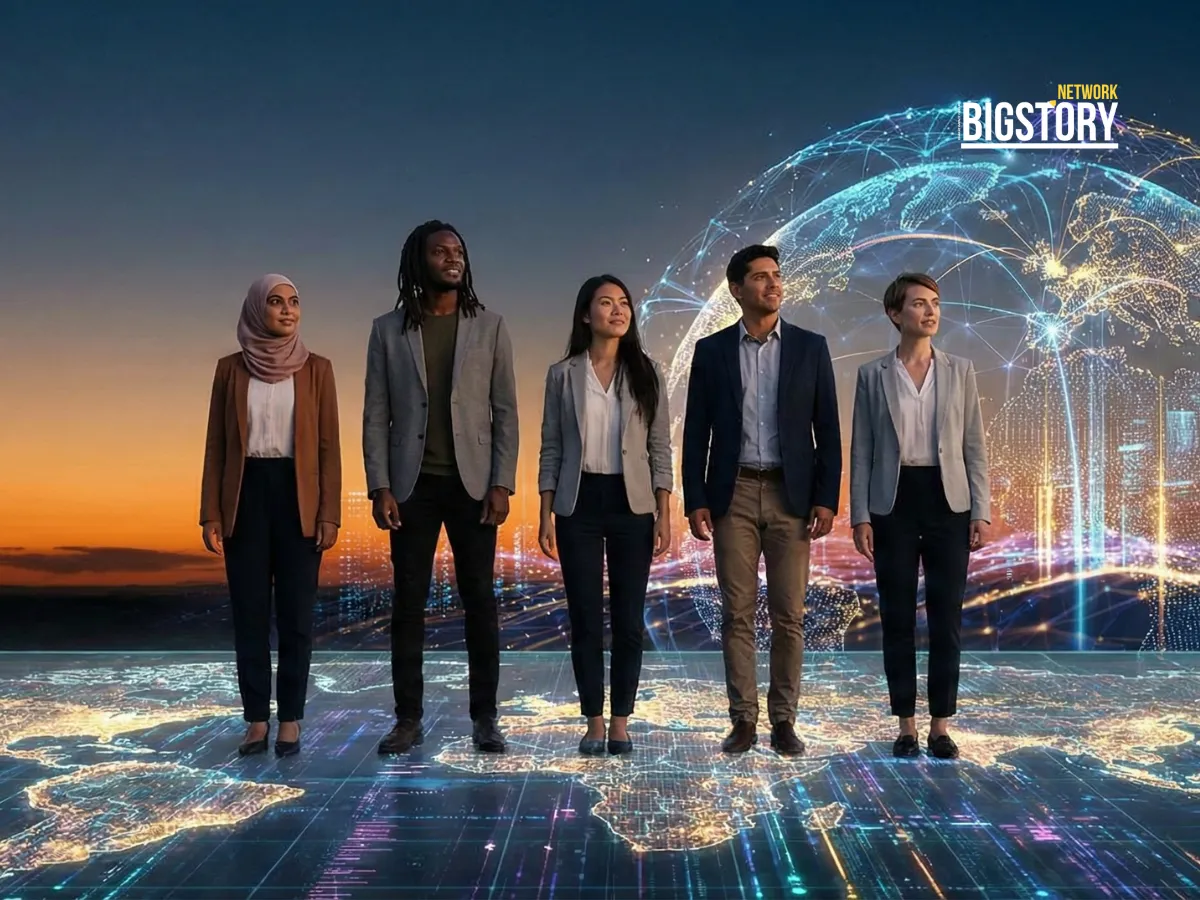


Sign up for the Daily newsletter to get your biggest stories, handpicked for you each day.
 Trending Now! in last 24hrs
Trending Now! in last 24hrs
